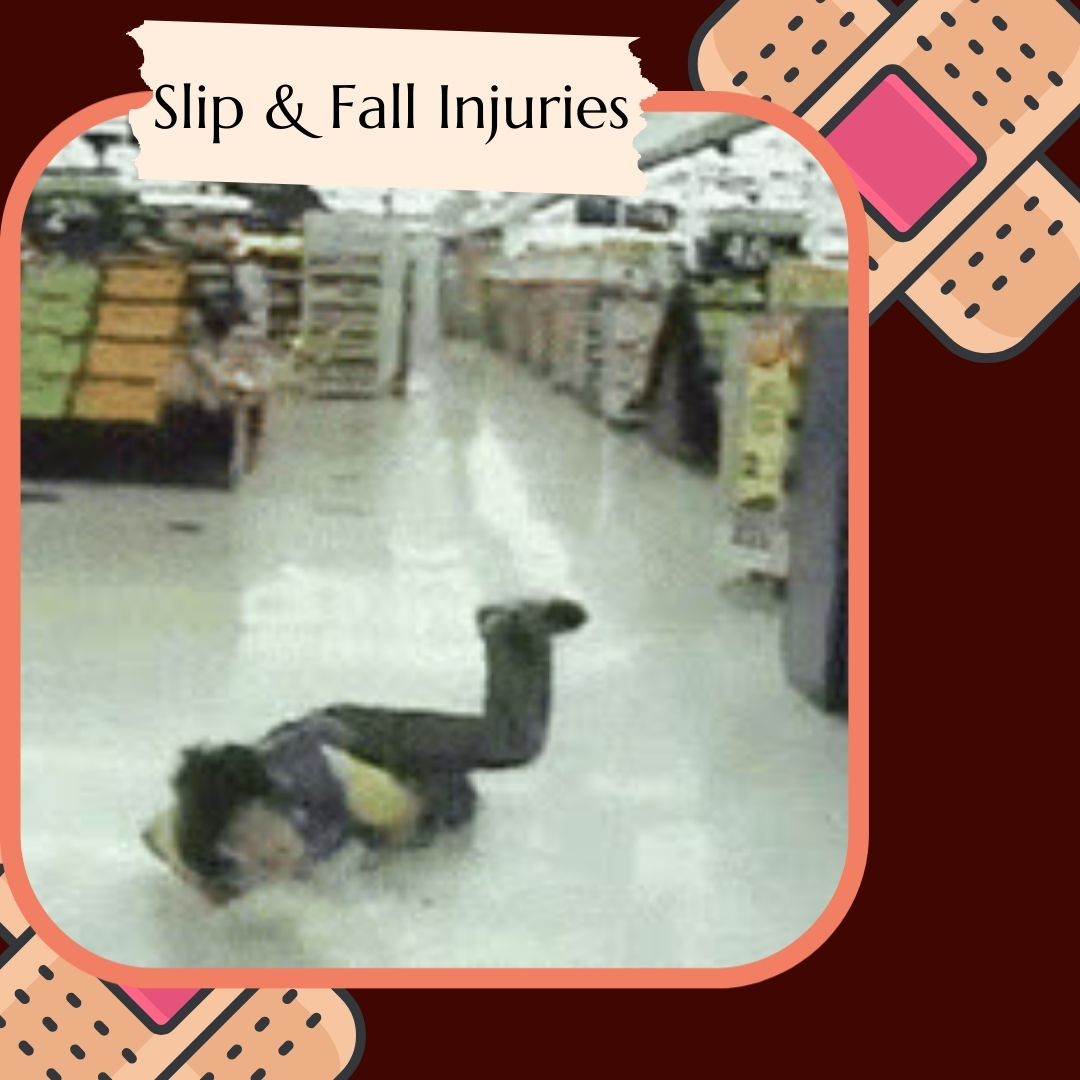Understanding Slip and Fall Injuries: Your Guide to Safety and Legal Recourse
Slip and fall injuries are among the most common accidents, often leading to serious consequences. These incidents can occur anywhere—from slick grocery store floors to uneven sidewalks—causing significant physical and financial burdens. At [Your Law Firm Name], we are committed to helping you understand these accidents and the legal steps you can take if you fall victim to one.
Common Causes of Slip and Fall Injuries
Slip and fall injuries typically occur due to:
- Wet or Uneven Surfaces: Spills, rain, ice, and uneven pavement are leading causes.
- Poor Lighting: Dim lighting in stairwells or hallways can prevent you from seeing potential hazards.
- Obstructions: Items left in walkways, such as cords or debris, can trip you up.
- Unsafe Stairs: Broken handrails, loose steps, or lack of non-slip treads can lead to falls.
Common Injuries from Slip and Fall Accidents
Injuries from slip and fall accidents range from minor to severe, including:
- Bruises and Cuts: These are the most common and usually heal quickly.
- Sprains and Fractures: Ankles, wrists, and hips are particularly vulnerable.
- Head Injuries: Concussions and other traumatic brain injuries can have long-lasting effects.
- Back and Spinal Cord Injuries: These can result in chronic pain or even paralysis.
Steps to Take After a Slip and Fall Accident
If you experience a slip and fall accident, it’s important to take the following steps:
- Seek Medical Attention: Your health is the priority. Even if injuries seem minor, get checked by a professional.
- Report the Incident: Notify the property owner or manager and document the incident.
- Gather Evidence: Take photos of the scene, note the conditions, and collect contact information from witnesses.
- Contact a Personal Injury Lawyer: A skilled attorney can help you navigate the complexities of your case and fight for the compensation you deserve.
Why Choose Krystin Collins?
We specialize in slip and fall injury cases. Our experienced team understands the intricacies of premises liability law and is dedicated to securing the best outcome for our clients. We offer:
- Free Consultations: Learn about your options with no obligation.
- Personalized Service: We tailor our approach to meet your unique needs and circumstances.
Conclusion
Slip and fall injuries can have a profound impact on your life. Understanding the causes, knowing what to do if you’re injured, and seeking expert legal help can make all the difference. If you or a loved one has suffered a slip and fall injury, contact [Your Law Firm Name] today for a free consultation. We’re here to help you get back on your feet.
Krystin Collins
Attorney at Law
krystin@krystincollins.com
713-775-0332
Or fill out this form and we shall get back to you!

